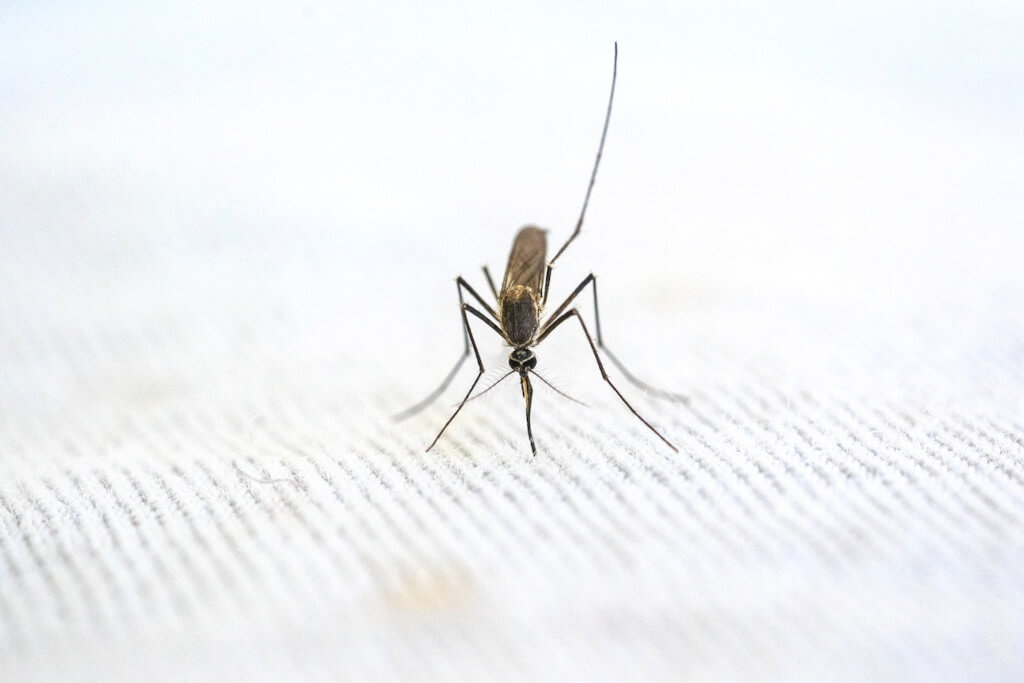Why Most African Nations Have Not Been Successful in Eliminating Malaria

Malaria is consistently regarded as one of the most severe forms of illness caused by parasites. In the year 2020, there were roughly 241 million individuals who were infected with malaria, and the disease was responsible for the deaths of approximately 672,000 people. Contrast that with the staggering increase that will take place in 2020.
One plausible cause for the disease’s enduring presence is the complexity of the life span of the parasite that causes malaria. This is a complicated process that involves a number of different hosts and developmental stages (mosquitoes and humans).
Africa presents a unique challenge in terms of malaria control because the continent is home to a significant proportion of the world’s most potent malaria vectors. Two examples of this are the species Anopheles funestus and Anopheles gambiae. Plasmodium falciparum, the most frequent type of malaria parasite in Africa, also constitutes the most lethal form of the disease. This is a crucial fact to keep in mind. This parasite is responsible for the disease known as malaria, which accounts for eighty percent of all infections and fatalities (commonly in children under the age of 5).
Because of these constraints, the World Health Organization (WHO) made the decision not to include Africa in the first Global Malaria Eradication Campaign, which took place between 1955 and 1969. This campaign was successful in eradicating malaria in other parts of the world.
Since then, there have been numerous important advances made in the treatment and prevention of malaria. These include strategies for treating and preventing malaria, such as long-lasting insecticide-treated nets, fast diagnostic tests, and combination medicines based on artemisinin (ACTs).
Malaria is still difficult to eradicate, despite recent progress. Algeria and Morocco are the only two countries in Africa that have been given the status of being completely free of malaria by the World Health Organization (WHO).
There are a variety of impediments that stand in the way of us achieving our objectives about eradication. In this section, topics such as inequality, migration, rebellion, and global warming are covered.
Social Inequality
It should not come as a surprise that progress toward eradication is occurring at a snail’s pace given that some of the poorest countries in the world are also home to some of Africa’s nations with the highest malaria infection rates. Malaria is a disease that can be caused and is made worse by living conditions that are inadequate.
Malaria will persist as a major problem throughout Africa if additional steps are not taken to improve economic conditions in places where the disease is prevalent. In order to improve people’s well-being and health on a global scale, eradicating poverty is one of the primary focuses of both the Millennium and the Sustainable Development Goals.
Movement
Africa is home to one of the most nomadic cultural groups in the world, besides the fastest-growing populations in the world. Those who are on the periphery of society and are at a disadvantage are some of the most likely to leave Africa. They traveled quite a distance via several countries, each of which had different malaria transfer rates. Recent outbreaks of COVID-19, Ebola, and monkeypox all highlight how strongly human travel is connected to the global spread of infectious illnesses. This presents a challenge for those working toward the elimination of malaria in Africa.
Treatments for malaria must reach nomadic populations as well as areas that are underdeveloped since the parasites that cause malaria and the insects that spread it are not picky about which nations they infect. The ability to diagnose and treat malaria on a global basis has the possibility of significantly diminishing the effect of the disease by putting a stop to its spread, which is one of its primary causes of death.
Resilience
One of the most significant roadblocks on the path of lowering and eventually eliminating malaria is the emergence and spread of resistance to pesticides, diagnostic tests, and medications. It has been discovered that both the parasites that transmit malaria and the mosquitoes that carry the disease are very adaptable to their environments.
Insecticides and antimalarial drugs have not hindered the fast development of survival and reproductive processes that these parasites are responsible for. In some African countries, it has been shown that insects are developing a resistance to insecticides. The effectiveness of vector-control strategies such as long-lasting pesticide nets and residual spraying indoors has been reduced.
The World Health Organization (WHO) has revised its manual on integrated vector control to incorporate guidelines for maximizing the effectiveness of currently available pesticides over a longer period. Throughout the entirety of the guidebook, an emphasis is placed on the necessity of conducting routine entomological monitoring to identify the different types of vectors that are present, identify changes in the behavior of the vectors, and identify the vectors’ susceptibility to insecticides. It is possible to effectively suppress vectors by making use of this data, provided that it is made accessible in a reasonable timeframe.
A reliable monitoring system is essential to accurate diagnosis and therapy, both of which are dependent on it. In order for the system to be able to generate statistics on its efficiency on a nearly real-time basis, it will be able to support the rapid, evidence-based decision-making that is required.
Malaria parasites in Africa have undergone mutations that allow them to elude detection by the continent’s most prevalent quick-screening technologies. As a result, the necessity for this form of routine surveillance has become even more pressing. In the event that these individuals are not detected, they will not receive treatment, and the disease may continue to spread. Because of this, there will be a significant rise in the number of instances of malaria, which could also lead to serious disease and even fatality.
P. falciparum parasites have acquired resistance to artemisinins in several locations in central and western Africa, and as a result, they are no longer detectable by rapid diagnostic tests. This antimalarial medication belongs to the ACT class, which is the most popular kind used in African countries.
There is a possibility that the spread of parasites resistant to artemisinin will result in a rise in the total number of cases as well as the number of fatalities, as was the case with past instances of medication resistance. Given that there are no new antimalarial drugs on the horizon that have been approved by the WHO, the absence of ACTs would considerably hold down attempts to eliminate malaria. In order to prevent the spread of parasites resistant to artemisinin, it is vital to have rigorous monitoring and quarantine procedures in place.
Changes in the Weather and Climate
Although it is not quite obvious how global climate and a rise in the risk of malaria are related to one another, there is evidence to suggest that the latter will occur. This means that mosquitoes are able to flourish and transmit malaria in such new habitats that are warmer. Those who do not have resistance to the disease will see a rise in the number of cases of malaria, serious sicknesses, and deaths as a direct result of this.




